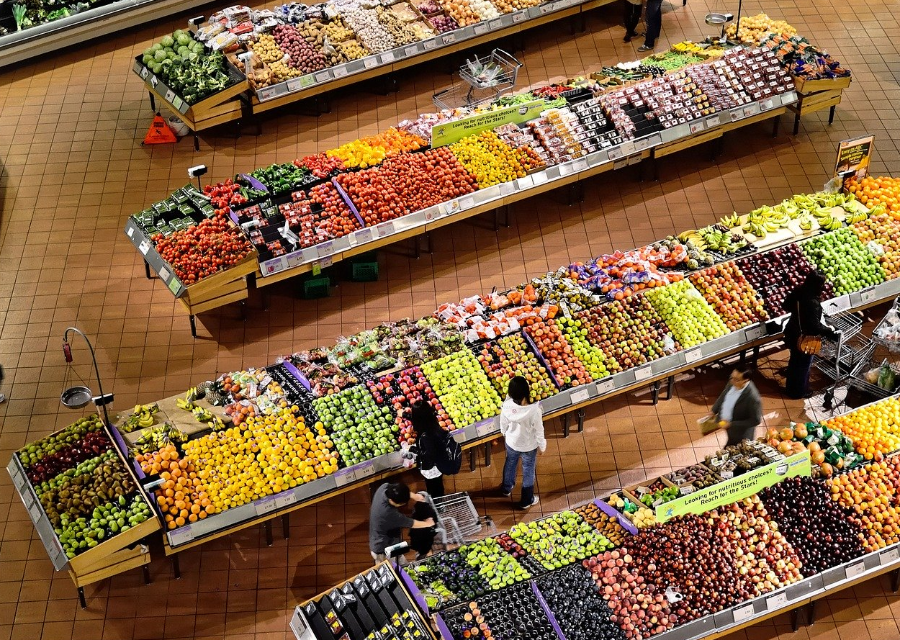This website uses cookies. By continuing to browse the website, you are agreeing to our use of cookies as detailed in our privacy policy.
Specialist ingredients and how to use them – part 1
Now, more than ever, there is a great array of different ingredients from far flung places available at our local shops. Here we will go through some of the more common ones and discuss how to use them.
Soy
By now most us will be at least lightly acquainted with soy sauce. Its deep salty taste is an essential stir fry ingredient and can also be used in things such as asian salad dressings. You may have noticed there are two types of soy sauce, light and dark. For most purposes, light soy sauce is preferable especially if it is not going to be cooked, dark sauce is used in some recipes to add sweetness, colour and depth of flavour, but unless it is specifically called for opt for the lighter option.
Fish sauce
If you have never opened a bottle of fish sauce before, then be prepared as the smell is quite intense. Made from fermented fish, fish sauce is a cupboard essential for anyone who has an interest in Thai cooking. Don’t be deceived by the pungent smell, fish sauce makes for an incredible background flavour which is why it is used in everything from curries to salad dressings.
Sumac
Sumac comes in the form of a purplish red powder made from the crushed berries of the sumac plant. Sumac is a staple of Middle Eastern cooking. It has sharp acidic and zesty flavour – not dissimilar to lemon. Sumac make the perfect addition to salads which need a little life.
Lemongrass
Popular in South East Asia, lemongrass also provides freshness to dishes. As lemongrass is tough and difficult to bite through, it is worth spending the time cutting the lemongrass extra thin or into small pieces, especially if it is going in a raw dish.
Oyster sauce
Oyster sauce is another dark mixing sauce popular in the Far East. Not only thicker and sweeter than soy sauce but also less salty, oyster sauce makes for a great addition to stir fry dressing when mixed with other flavours to cut through it. Try mixing it with an acidic element such as vinegar or juice from a citric fruit alongside light soy sauce.
Coconut milk
Usually associated with tropical costal regions, coconuts have made the back bone of cuisines such as Thai and Caribbean. Coconut milk makes for a great curry base, or can be used in cooking rice dishes such as rice and peas. We recommend opting for the cans which have a slightly higher fat content as these tend to be better quality.
Pak choi
Over the last few years pak choi has become a supermarket mainstay. The small Chinese cabbages work great in stir fry or soups such as ramen and pho. Pak choi work well both as a fried or raw ingredient, with a slightly grassy flavour when raw. You can use the whole plant, leaves and stems, with the exception of the root at the very bottom.
Back
